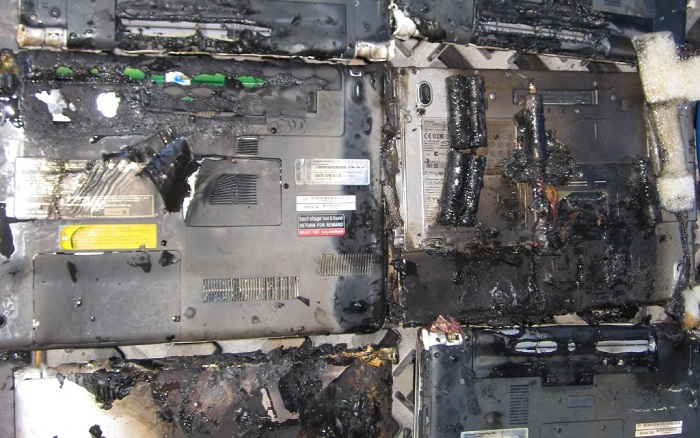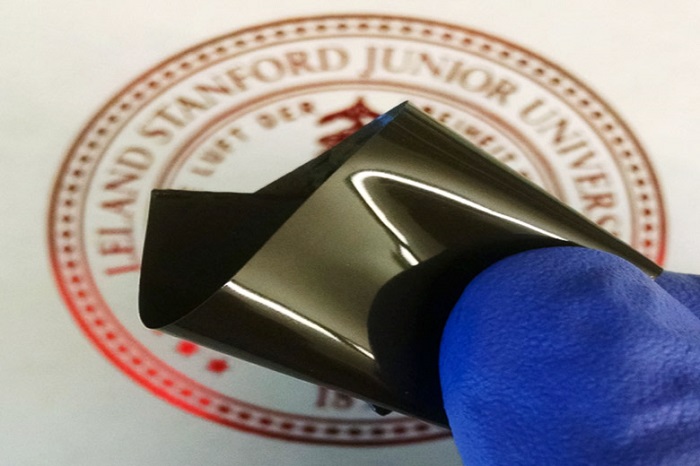Most everyone is familiar with the headlines related to lithium-ion battery-sourced fires. The technology’s failure has plagued battery-powered electronic devices for a while now, affecting everything from recliners to computers to portable devices, and more.

A group of researchers out of Stanford University believe they’ve developed a solution to this problem by creating a battery that will turn off when its temperature becomes too high, and restart when it has cooled down.
“People have tried different strategies to solve the problem of accidental fires in lithium-ion batteries,” said Zhenan Bao, a professor of chemical engineering at Stanford. “We've designed the first battery that can be shut down and revived over repeated heating and cooling cycles without compromising performance.”
To understand how this new battery works, it’s important to know that the modern-day lithium-ion battery has two electrodes and a liquid electrolyte for carrying charged particles between them. If the battery is punctured, shorted, or overcharged, it will generate heat. When the temperature goes above 300 degrees Fahrenheit, the aforementioned electrolyte runs the risk of catching fire which, in turn, could lead to an explosion.
Several attempts have been made to try and fix the issue — among them, adding flame retardants to the electrolyte, and the creation of a “smart” battery that issues a warning when it begins to get too hot.
“Unfortunately, these techniques are irreversible, so the battery is no longer functional after it overheats,” said study co-author Cui, an associate professor of materials science and engineering and of photon science. “Clearly, in spite of the many efforts made thus far, battery safety remains an important concern and requires a new approach.”
The Stanford approach drew on a previous Bao invention — a wearable sensor that monitors human body temperature. It’s made of a plastic material embedded with tiny particles of nickel with nanoscale spikes protruding from their surface. The team took the nickel particles and coated them with graphene before embedding the particles in a thin film of elastic polyethylene.

“We attached the polyethylene film to one of the battery electrodes so that an electric current could flow through it,” said Zheng Chen, a postdoctoral scholar, and the lead author of the study. “To conduct electricity, the spiky particles have to physically touch one another. But during thermal expansion, polyethylene stretches. That causes the particles to spread apart, making the film nonconductive so that electricity can no longer flow through the battery.”
To test the battery out, the researchers heated it above 160 degrees Fahrenheit. When they did this, the polyethylene film expanded like a balloon. This caused the spiky particles to separate which, in turn, led to the battery shutting down. When the temperature dropped back below 160 degrees Fahrenheit, the polyethylene shrunk, leading the particles to come back into contact with one another, at which point the battery began to generate electricity again.
“We can even tune the temperature higher or lower depending on how many particles we put in or what type of polymer materials we choose,” said Bao, who is also a professor, by courtesy, of chemistry and of materials science and engineering. “For example, we might want the battery to shut down at 50 C or 100 C.”
In terms of stability, the team repeatedly applied heat to the battery with a hot-air gun. Every time they did this, the battery shut down when it got too hot, and restarted when it cooled down.
“Compared with previous approaches, our design provides a reliable, fast, reversible strategy that can achieve both high battery performance and improved safety,” Cui said. “This strategy holds great promise for practical battery applications.”
Professor Bao explains the technology at greater length in the video below:
To learn more, download the team’s paper “Fast and reversible thermoresponsive polymer switching materials for safer batteries,” which was published in the new journal Nature Energy .
Advertisement
Learn more about Electronic Products Magazine





